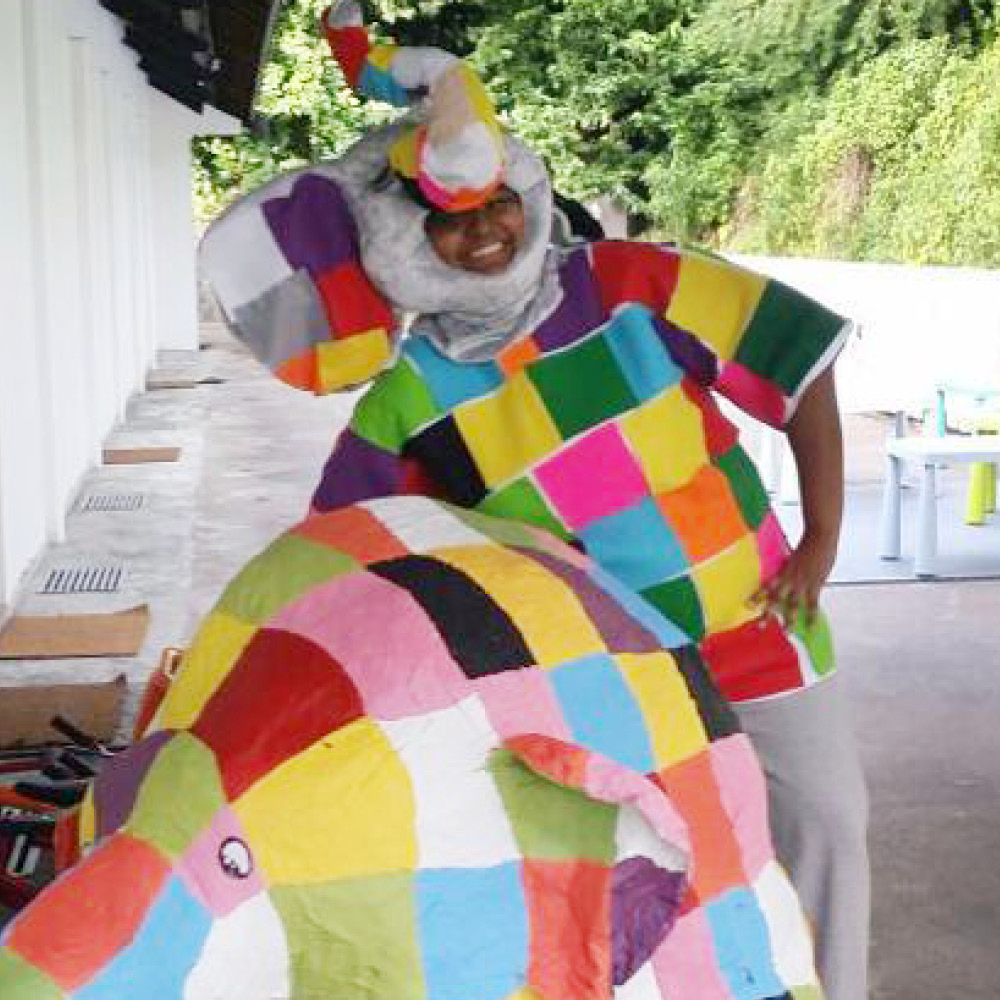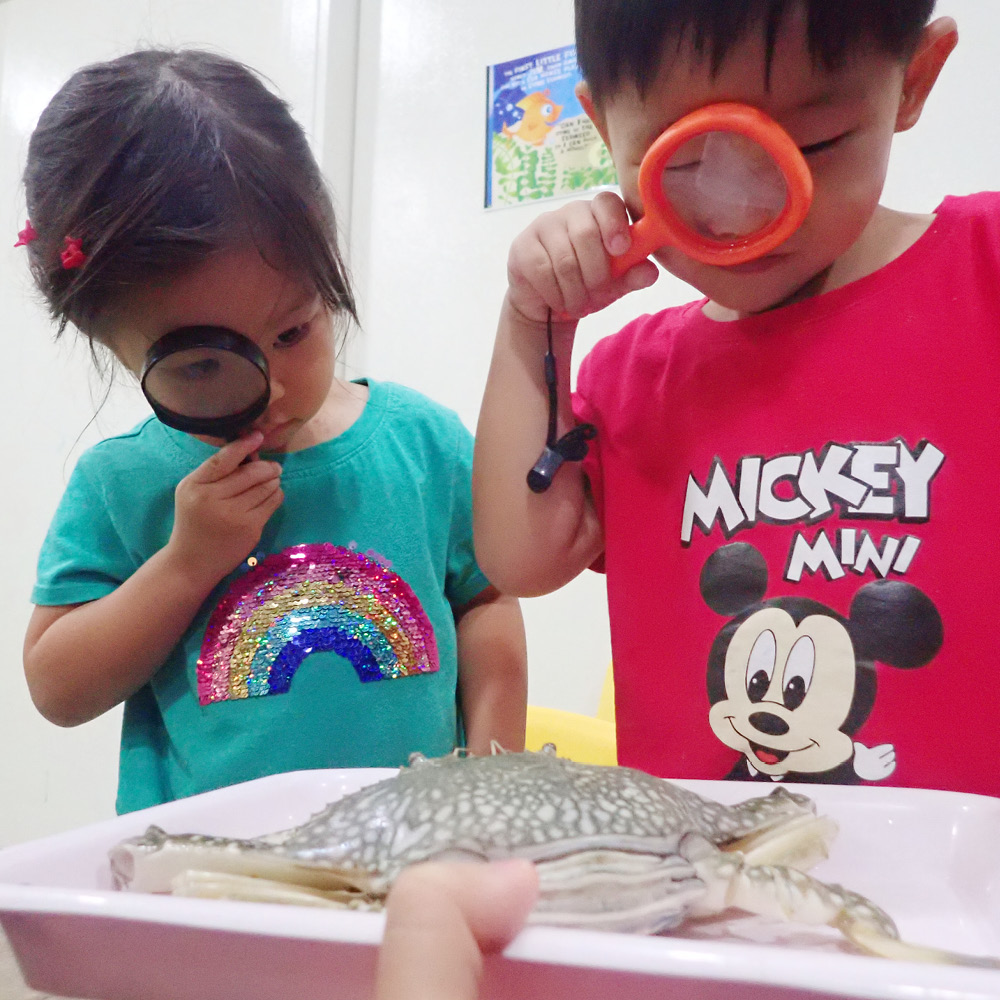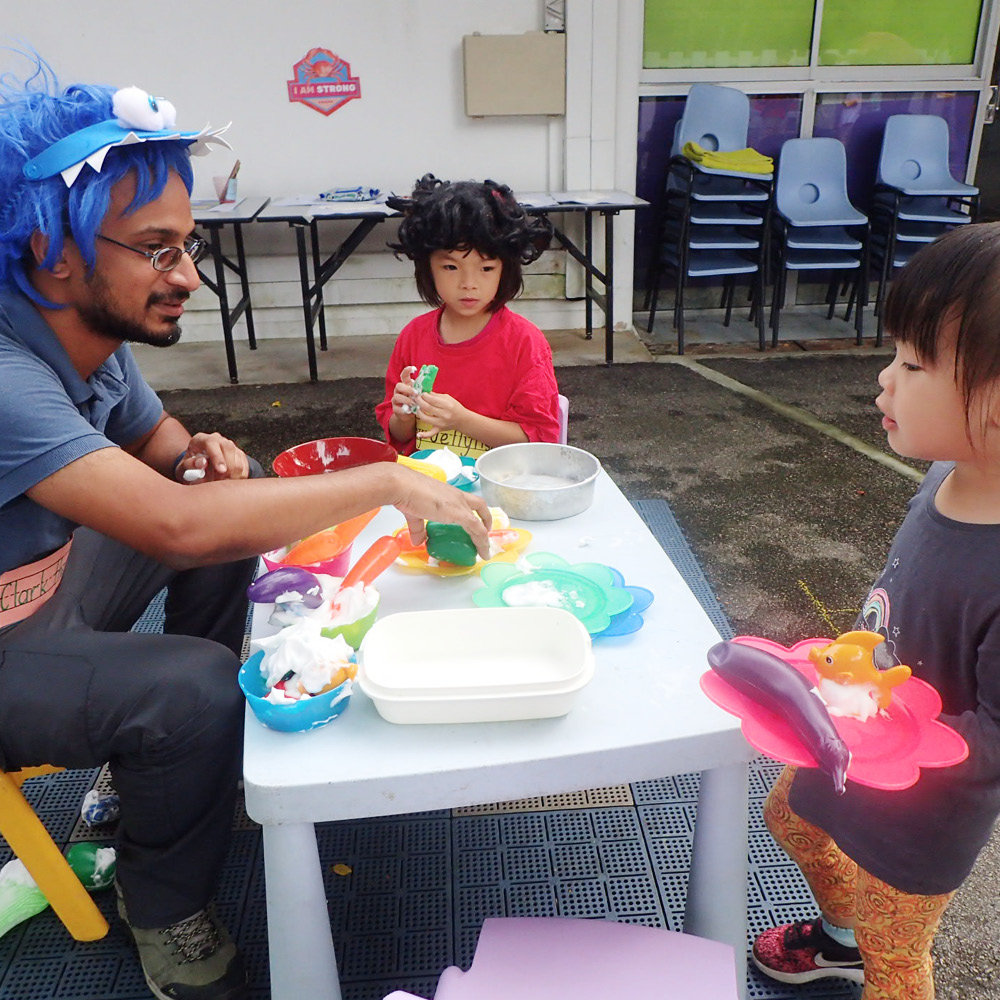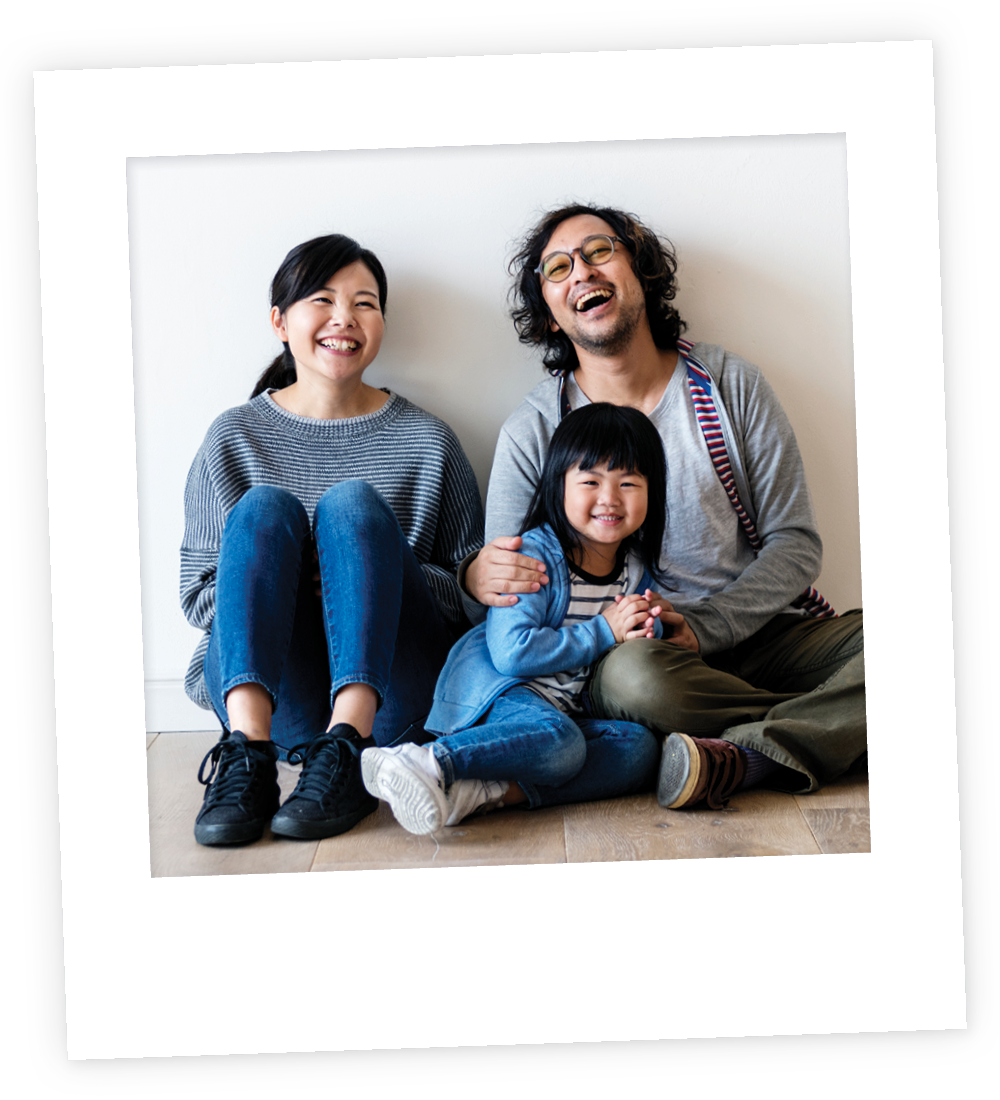About

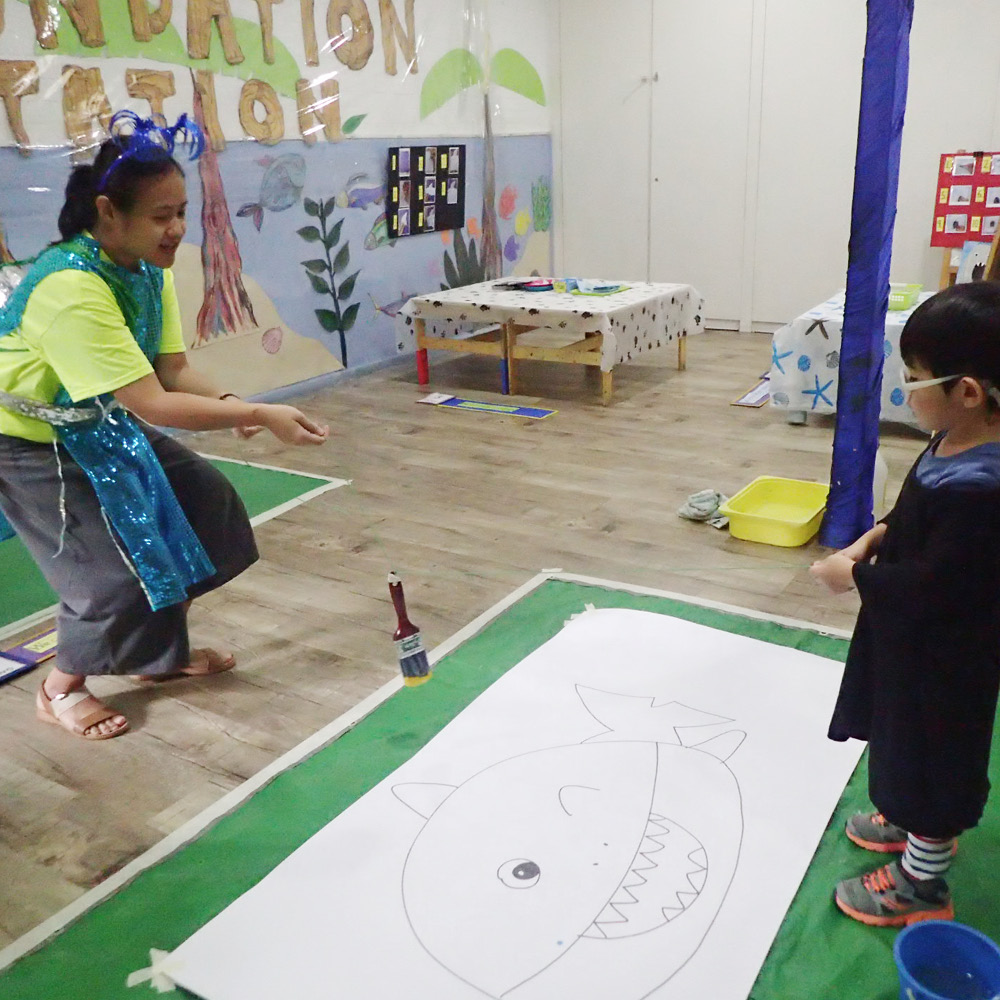

Frequently Asked Questions
In the words of Dr. Stanley Greenspan: “Throughout history we have believed that emotions were subservient to thought or reason, but an emerging body of observation and neuro-scientific research suggests this view is inaccurate. Rather than being separate and subservient to thought, emotions seem to be responsible for our thoughts. Because emotions give direction to our actions and meaning to our experiences, they enable us to control our behaviour, store and organise our experiences, construct new experiences, solve problems, and think. The emotional component of each experience makes the experience meaningful.” At Rosebrook, we endeavour to make each experience meaningful.
According to the National Academy of Sciences in the USA, there are no definitive studies proving any one method. There is, however, evidence for the helpfulness of a number of approaches. These include Developmental Models, DIR/Floortime and other relationship-based models, as well as behavioural models, such as ABA or discrete trial approaches.
The Academy’s report (“Educating Children with Autism”, 2001) points out that different approaches work on different areas of functioning. Our Developmental Model and DIR/Floortime work on the fundamental capacities for relating, communicating, and thinking, and tend to help the child use fundamental skill capacities in a wide range of naturally occurring situations. Behavioural approaches, in contrast, tend to work on specific behaviours in very controlled settings. The Academy’s report further notes that many behavioural approaches are moving toward using more spontaneous types of learning situations, though ABA discrete trial behavioural approaches, which tend to be more structured and controlled, are generally less a part of this growing trend toward more spontaneous learning situations.
There is a need for more clinical trial studies comparing the different approaches. In the meantime, the Academy report emphasises that parents need to select and tailor the model to their child’s unique qualities and needs. Our Developmental Model which incorporates the DIR/Floortime model provides a framework for understanding the unique qualities of each child, regardless of their diagnosis, and for organising a comprehensive program, including different techniques and therapies, that enables each child to climb the developmental ladder and achieve optimal growth.
Our Model can be combined with speech therapy, occupational therapy, and a good developmental school program. Combining a Developmental Model and ABA is not good for the child as they are contradictory models and would be confusing for children.
Absolutely! A big misconception about our developmental model is that it does not deal with behaviour problems; how can you handle behaviour problems when you’re just following the child’s lead? Our model is ideally suited to work through challenging behaviours. We look at “behaviour problems” from the inside out. We want to know why the child is exhibiting the behaviour. Is there an underlying sensory need that the child has that is causing the behaviour?
Here are some examples: Is the child having difficulty initiating an interaction, and is therefore hitting to get the person’s attention? Is the constant throwing of toys a child’s attempt at being naughty or, rather, a developmental stage the child is mastering later than expected? Does the child play too rough because he is a bully or because he has difficulty with registering input into his body and likes lots of intense squeezes and hugs? Firm limits, structure, and boundaries are an essential component of our model.
Just as our developmental model is individualised to the needs of the child, our support of parents is designed to meet the unique needs of each parent. We believe parents are the best play partners for their children, and we provide the loving training and support needed to get you there!
Our staff meet regularly with you to update you on your child’s developmental growth in addition to providing daily notes and keeping a close eye on development guided by developmental checklists to monitor progress. These are all important in keeping you up to date with the progress your child is making. Most importantly, you will see and feel the difference in your child as he/she becomes more integrated, relational, and communicative.
In our integrated developmental assessment and relationship-based services, the warm and connected loving relationship between the developmental facilitators and the child is paramount. Furthermore, traditional ideas about structured treatment are individualised to meet your child’s unique needs and interests. For example, H.I.M.© rarely has the child seated at a table; the approach is play-based and delivered in a naturalistic way and in doing so prepares the child even better to be able to sit for tablework and community work at the appropriate time.
A common misconception about Developmental Models including DIR and H.I.M.© is that they are just a social skills program or just focused on social development. Another misconception is that it is not the best choice for typically developing children or children on the Autism Spectrum or who are significantly delayed. This is a product of a misunderstanding of just what a comprehensive developmental treatment program is.
The structured component of our developmental program provides specific objective-based interactions that address the individual needs of every child. The most striking difference between our developmental models and ABA is in Dr Greenspan’s strong advocacy that relationships are critical to a child’s development. This ensures that the individual and unique needs of your child are supported. Dr Greenspan says that “Relationships are critical to a child’s development. Through interactions, you can mobilise a child’s emotions in the service of his learning. By interacting with a child in ways that capitalise on his emotions, you can help him want to learn how to attend to you; you can help him want to learn how to engage in a dialogue; you can inspire him to take initiative, to learn about causality and logic, to act to solve problems even before he speaks and moves into the world of ideas. As together you open and close many circles of communication in a row, you can help him connect his emotions and his intent with his behaviour (such as pointing for a toy) and eventually with his words and ideas (“Give me that!”). In helping him link his emotions to his behaviour and his words in a purposeful way, instead of learning by rote, you enable your child to begin to relate to you and the world more meaningfully, spontaneously, flexibly, and warmly. He gains a firmer foundation for advanced cognitive skills.”
The Heartworks In Motion© Developmental Model we fully adopt in Rosebrook focuses on developmental learning rather than just skill-based learning. We look at the unique individual profile of the child, taking into account mastery of developmental milestones, individual differences in sensory processing, and internal drivers. Most importantly, Heartworks In Motion© recognises that children must have a warm connection with all the important people in their lives, and this includes their developmental facilitators, if they are going to climb the developmental ladder. The learning environment looks and feels different; there is an intense focus on mobilising children’s interests, supporting their unique sensory systems, and wooing children into interactive experiences.


